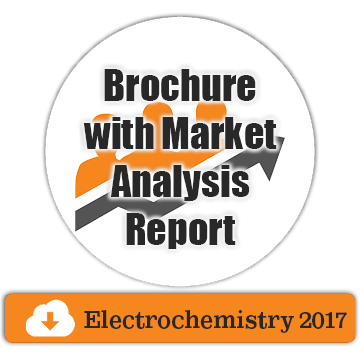
Marie-Christine Record
Professor
Title: Electrochemical Atomic Layer Deposition (EC-ALD) of Semiconducting Materials
Biography
Biography: Marie-Christine Record
Abstract
Electrochemical deposition may provide an alternative process to physical deposition methods for peparing semiconducting thin films. Indeed by contrast to other methods, electrochemical deposition is a low cost, room temperature production technique, which works without vacuum atmosphere and allows one to cover substrates with complex shapes. The shortcoming of electrochemical deposition is limited control on the size, stoichiometry and crystallinity of deposits.The electrochemical atomic layer deposition (EC-ALD) method was put forward in 1991 by Gregory and Stickney. This method is based on the alternate underpotential deposition (UPD) of atomic layers of the elements to make up a compound, combining advantageously the technique of electrochemical deposition and that of atomic layer deposition (ALD). Underpotential deposition is a surface-limited electrochemical phenomenon, which makes the deposition generally limited to an atomic layer. In every cycle one monolayer of the compound is obtained, and the thickness of the deposit will only depend on the number of cycles. Each cycle consists in a series of individual steps, and each step can be optimized independently, resulting in well-controlled deposits. In the first part of this talk, I will describe the EC-ALD method and I will expose the advantages of this method compared to those of physical ones of ALD type and compared to those of other electrochemical methods. Then, I will detail the EC-ALD experiment platform designed and constructed in our group. Finally, I will present some results we got with this equipment for the electrodeposition of CoSb3 and Sb2Se3 compounds.

